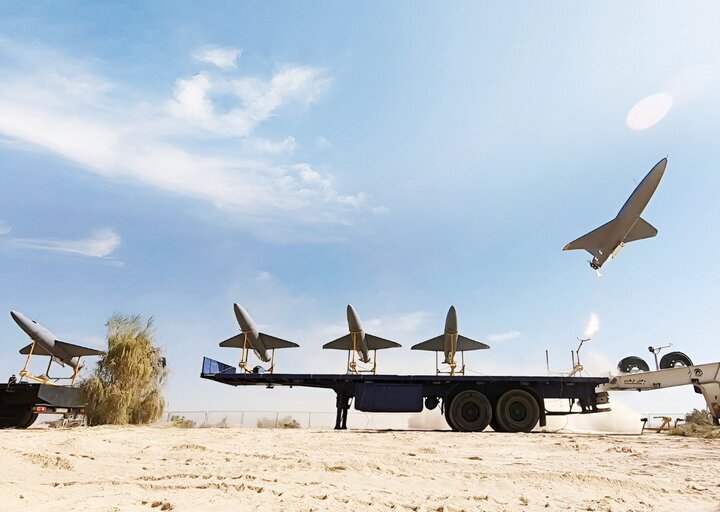Iran's operation as a calibrated response; What was the meaning of Iran's signal?

TEHRAN- This is not the first time that Iran and the Zionist regime have faced each other. More than that, one of the reasons for not expanding the level of tension between these two actors is due to the implicitly agreed level of action and reaction of the parties.
After October 7, it seems that the Zionist regime is no longer a rational actor due to the shocking blow it received, along with the preference of Netanyahu's personal and party interests over other issues. The number of killings and civilian casualties, the targeting of hospitals, and the shutting off of water, electricity, and food have made even the regime's traditional allies criticize this irrational actor.
This irrational behavior emanated from the lack of accurate calculation of Iran's behavior in response to changing the red line drawn in the parties' actions. However, it is also possible that due to the understanding of Tehran's intention not to expand the war and engage in a conflict with economic problems and sanctions, there was hope for continued strategic patience from Iran.
However, Iran, whose security is based on deterrence, considered the attack on the embassy a serious violation of its existential interest. In a situation where targeting Iran's nuclear infrastructure has been among the goals of Israel and America for years, the main factor that caused such a decision was Iran's "significant deterrence". However, after this attack on the embassy, what could be the perception about Iran's deterrence?
Now that Iran's determination to respond was inevitable, the question of its ability and design was raised. Iran wanted to give a clear response to Israel in a situation where the Zionist regime was under pressure in the field of public opinion due to numerous violations of human rights, its widening gap with the West and the United States regarding the handling of operations, and the future of Gaza. All these elements indicate that Iran did not seek to expand the conflict with Israel and other actors to open a new front and disrupt this situation.
Therefore, the puzzle of the response to the attack on the consulate had two apparently contradictory and paradoxical variables.
First, the answer must be given in such a way that the damaged deterrence is revived and causes a change in the enemy's perception of this type of strike.
Second, the conflict should not spread, neither in the geographical field nor in the increasing of actors involved.
According to Iran's previous experiences reviving its deterrence, solving this problem and paradox have been two conceivable tools and leverages.
1). Designing a type of military operation that demonstrates its capability (at the tactical and design level) but not at the level of forcing the target to respond.
2). Through political tools. The uncertainty in the minds of the regional and global states regarding their goals should be reduced.
Now, if we examine the "True Promise" operation with this statement, these things are evident. According to previous experiences, Iran and the Axis of Resistance have a specific knowledge and understanding of the weak points of the Zionist regime. One of the most obvious of these weaknesses is the lack of strategic depth and a clear vulnerability regarding the number of strikes and the number of fronts. Also, using the principle of surprise usually increases the success rate.
However, Iran, knowing these cases, presented a designed response in which it did not involve all the actors of the resistance axis who were active during the past months; at the same time, it responded with minimal quantity and quality (according to the Israeli regime's statistics, Hamas in Al-Aqsa Storm operation had used about 3,500 projectiles) and of course, the start of the attack was already known hours ago. At the same time, during the days before the operation, Tehran had expressed to the regional and extra-regional countries its intention to carry out this "calibrated response."
This operation has shown Iran's maturity in design and implementation. In general, it should be kept in mind that the main audience of deterrence is not public opinion but decision-makers. Security officials must know the type of target selection, weapons, and tactics used better than anyone else. Until now, it seems that Western officials and experts have received this calibrated response.
